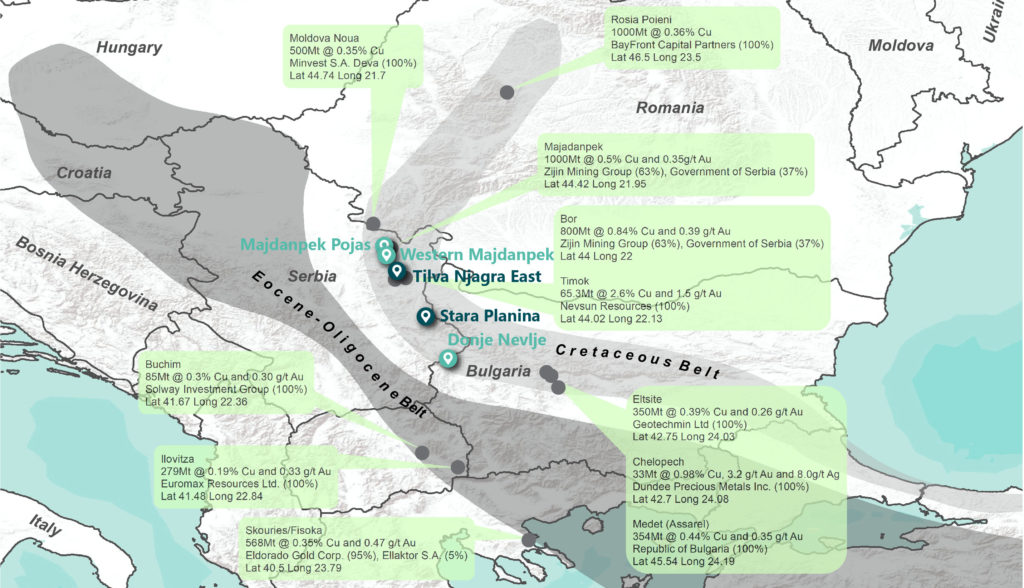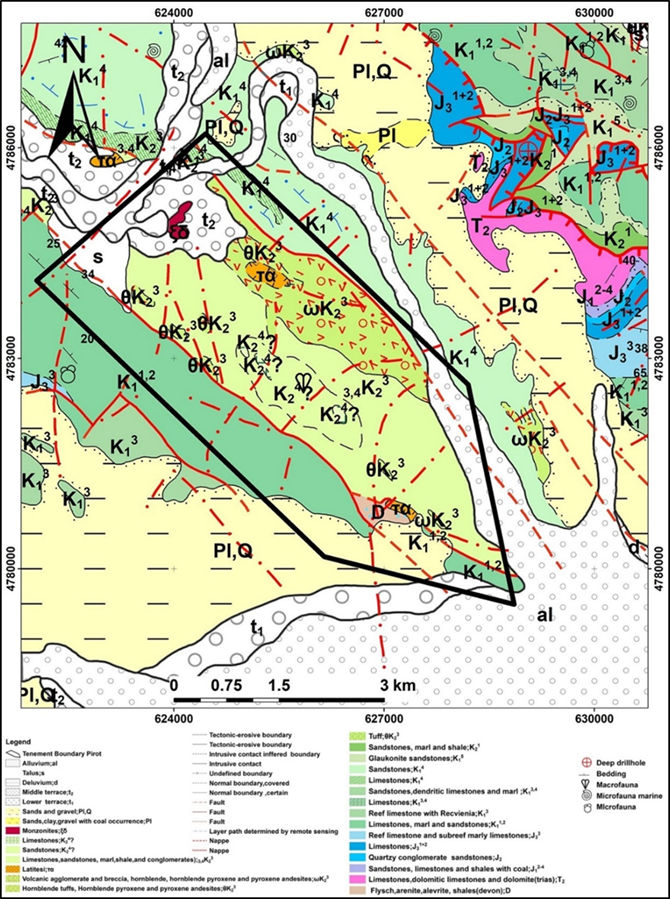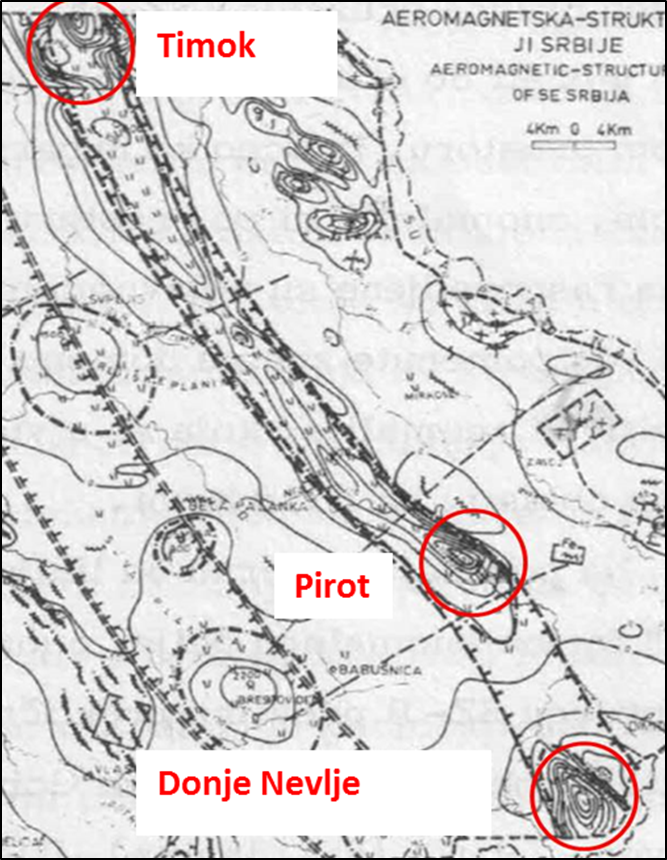Project highlights
Dominated by Cretaceous age volcano sedimentary sequences which are analogous to the geology within the Timok Magmatic Complex, which is a world class copper-gold district located along the same structural trend
Government agencies have defined zones of anomalism consistent with porphyry style mineralisation
Well-developed infrastructure with rail, water and power available within the license area
Ownership
Applications in approval process
Status
Applications in approval process
Permit Size
21Km2
Targets
Porphyry / Epithermal and Skarn mineralisation
The Pirot project is located in the southeast of Serbia.
Pirot is the nearest town to Pirot project area, and it is about 300km from Belgrade by highway via Nis. From Pirot there are several roads and tracks, into the project area, all of which can be readily negotiated with a 4-wheel drive vehicle. The main railway line from Serbia to Bulgaria (Nis to Sofia) passes through Pirot and is served by passenger as well as freight trains.

Pirot Geology
The Pirot project comprises of Cretaceous volcanics, clastic sedimentary rocks, and limestones. In the northwest of the project, a monzonite intrusion is largely obscured by recent sediments. This intrusive is projected to be in contact with calcareous sed iments, in a setting conducive to skarn-type mineralisation. Similar to the Donje Nevlje project, the Pirot project is considered prospective for blind porphyry and epithermal copper -gold mineralization.

Geological mapping and exploration in the 1960’s confirmed the compatibility of the stratigraphy and lithologies, primarily andesite volcanics and pyroclastics of Upper Cretaceous age, with those of the Timok Magmatic Complex The project was therefore considered perspective for porphyry, epithermal, and skarn copper-gold mineralization (Csongradi, 2012).
The Pirot mineralization is recorded in the Mineral Deposits of Serbia Ore Deposits database (Ministry of Mining and Energy, 2002) as a copper“ deposit or prospect of unknown status” hosted by Upper Cretaceous andesites, pyroclastics and limestones.

Historical Work
The limited historic data associated with Pirot project suggests the presence of a magnetic anomaly,. which is potentially related to a number of intrusive bodies which have been mapped on the permit. Magnetic anomalies are known to be associated with intrusion related porphyry systems. In association with geochemical anomalies determined by the state geological agency, this provides early stage, indicative evidence only of potential for mineralisation.
